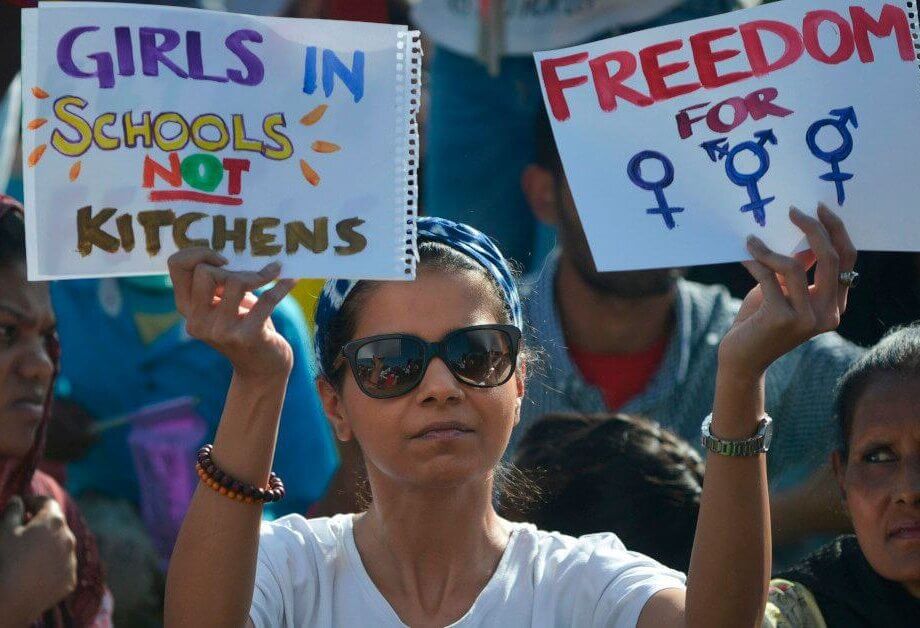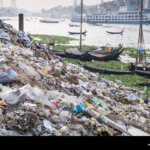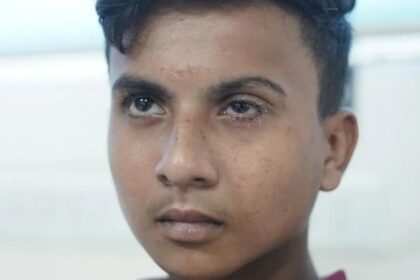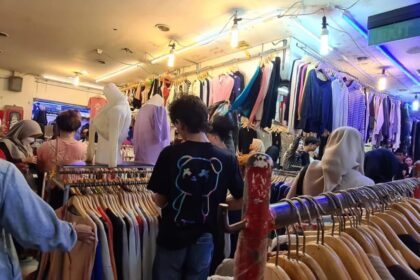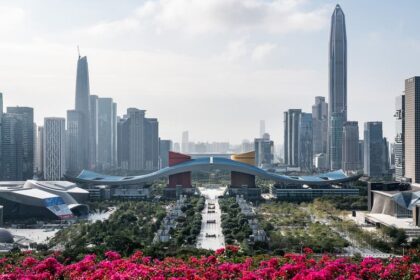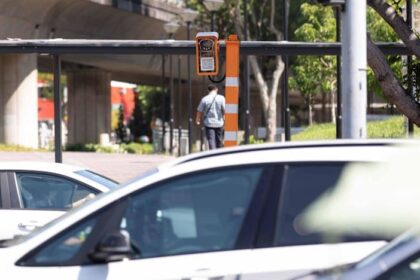Pakistan at the Bottom: The 2025 Global Gender Gap Report Findings
Pakistan has been ranked last among 148 countries in the World Economic Forum’s (WEF) Global Gender Gap Report 2025, with a gender parity score of just 56.7%. This marks the second consecutive year of decline for Pakistan, which had achieved its best score of 57.7% in 2023. The report, released in June 2025, benchmarks gender parity across four key dimensions: economic participation and opportunity, educational attainment, health and survival, and political empowerment. Pakistan’s position at the bottom of the index underscores the country’s persistent and deep-rooted gender disparities, particularly in economic and political spheres.
- Pakistan at the Bottom: The 2025 Global Gender Gap Report Findings
- Understanding the Global Gender Gap Index
- Pakistan’s Performance: A Closer Look at the Four Dimensions
- Regional and Global Context: How Does Pakistan Compare?
- Societal Reactions and Expert Commentary
- Why Has Progress Stalled? Structural and Cultural Barriers
- The Economic and Social Costs of Gender Inequality
- What Needs to Change? Pathways to Progress
- In Summary
Understanding the Global Gender Gap Index
The Global Gender Gap Index, first launched in 2006, is the world’s longest-standing index tracking gender-based disparities. It evaluates countries on four main pillars:
- Economic Participation and Opportunity: Measures labor force participation, wage equality, and advancement to leadership roles.
- Educational Attainment: Assesses literacy rates and enrollment in primary, secondary, and tertiary education.
- Health and Survival: Considers life expectancy and sex ratio at birth.
- Political Empowerment: Examines women’s representation in parliament and ministerial positions.
Globally, the 2025 report found that the average gender gap has closed by 68.8%, a slight improvement from 68.4% in 2024. However, at the current pace, it will take an estimated 123 years to achieve full gender parity worldwide. No country has yet achieved complete gender equality, though Iceland leads the index for the 16th consecutive year, having closed over 92% of its gender gap.
Pakistan’s Performance: A Closer Look at the Four Dimensions
While Pakistan’s overall score has declined, the report reveals a complex picture across the four sub-indices. Some areas show modest progress, while others highlight entrenched challenges.
Economic Participation and Opportunity: The Weakest Link
Pakistan’s score in economic participation and opportunity fell by 1.3 percentage points, now standing at a dismal 34.7%. This sub-index is the country’s worst performer and reflects:
- Low female labor force participation: Only 22.8% of women are part of the workforce, with most employed in agriculture, domestic work, teaching, or medicine.
- Widening income and wage gaps: The report notes a slight increase in income disparity and a four-percentage-point rise in perceived wage inequality since last year.
- Underrepresentation in leadership: Women remain rare in managerial or decision-making roles, and cultural norms often discourage women from seeking employment or leadership positions.
According to a 2024 World Bank report, the chronic underpayment of women and their concentration in low-paying sectors further exacerbate economic inequality. Many employers justify lower wages for women by assuming they are not primary breadwinners, perpetuating a cycle of financial dependence and limited economic mobility.
Educational Attainment: Modest Gains, But Underlying Concerns
Education is the only area where Pakistan saw improvement in 2025, with the educational attainment sub-index rising by 1.5 percentage points to 85.1%. This was driven by:
- An increase in female literacy rates from 46.5% to 48.5%.
- Relative gains in tertiary education parity, though much of this was due to a decline in male enrollment rather than a significant rise in female participation.
Despite these gains, Pakistan still ranks 137th out of 148 countries in educational attainment. The improvement is fragile, as it reflects not just progress for women but also setbacks for men. Moreover, access to quality education remains uneven, especially in rural areas, and many girls face barriers such as early marriage, poverty, and cultural restrictions.
Health and Survival: High Scores, But Real-World Challenges
Pakistan’s best sub-index score is in health and survival, at 95.9%. This suggests near parity in life expectancy and sex ratio at birth. However, this statistic masks significant real-world challenges:
- High maternal mortality rates, especially in rural clinics.
- Widespread domestic violence and limited access to reproductive healthcare.
- Institutional apathy towards women’s health and safety.
While the numbers may look promising, the lived experiences of many Pakistani women tell a different story, with health outcomes often compromised by poverty, lack of infrastructure, and social stigma.
Political Empowerment: Representation Without Power
Political empowerment remains a major stumbling block for Pakistan. The country’s score in this area dropped from 12.2% in 2024 to 11% in 2025. Key findings include:
- Women’s representation in parliament increased slightly by 1.2 percentage points, but this is largely due to reserved seats rather than direct elections.
- The share of women in ministerial positions fell from 5.9% to zero, placing Pakistan among countries with all-male ministerial cabinets.
- Of the 31 ministers in the federal cabinet, only one is a woman, and most women in politics come from established political families.
This lack of representation is not just symbolic; it has real consequences. When women are excluded from policymaking, issues such as workplace harassment, underage marriage, and maternity leave are often ignored or delayed. The political sphere is also hostile to women, who face harassment, character assassination, and even threats to their lives.
Regional and Global Context: How Does Pakistan Compare?
Pakistan’s bottom ranking is particularly stark when compared to its neighbors and global peers. In South Asia, Bangladesh leads at 24th globally, while India stands at 131st. Even countries facing war or severe social restrictions, such as Sudan and Iran, rank higher than Pakistan. The top 10 countries in the index, including Iceland, Finland, and Norway, have all closed at least 80% of their gender gaps, demonstrating that progress is possible with sustained commitment and policy action.
Societal Reactions and Expert Commentary
The report’s findings have sparked widespread debate and concern within Pakistan. Social media users, academics, and former lawmakers have described the ranking as “deeply alarming” and a “wake-up call” for policymakers and society at large.
Nayab Bukhari, PhD in women’s studies, called the ranking deeply alarming and shameful. “Women, almost half of Pakistan’s population, are facing escalating structural barriers and oppression, with Pakistan ranked at the bottom of the list according to this report.”
Former Member of the National Assembly Mehnaz Aziz expressed her dismay:
“Our heads hang in shame as Pakistan ranks 148th out of 148 countries in [the] gender gap. This is an emergency, and all parties must understand and mitigate the crisis.”
Many commentators have pointed to the role of entrenched patriarchy, political inaction, and societal resistance to reform as key factors behind Pakistan’s poor performance. The backlash against feminist movements like the Aurat March and the failure to pass critical legislation on domestic violence and child marriage are cited as evidence of systemic neglect.
Why Has Progress Stalled? Structural and Cultural Barriers
Despite some progress in education, Pakistan’s overall gender gap remains stubbornly wide due to a combination of structural and cultural barriers:
- Patriarchal norms: Deeply ingrained social attitudes restrict women’s mobility, autonomy, and access to opportunities.
- Legal and policy gaps: Inconsistent enforcement of laws protecting women’s rights, and resistance to reforms such as anti-domestic violence and anti-child marriage legislation.
- Economic exclusion: Limited access to credit, property rights, and formal employment for women.
- Political marginalization: Reliance on reserved seats rather than genuine political empowerment, and a lack of women in decision-making roles.
These barriers are compounded by security concerns, lack of safe public spaces, and the threat of violence, all of which discourage women from participating fully in public life.
The Economic and Social Costs of Gender Inequality
The consequences of gender inequality extend far beyond individual women. Experts estimate that increasing women’s workforce participation alone could boost Pakistan’s GDP by up to 60%. Greater female participation in politics and society would also improve outcomes in education, health, and governance.
Saadia Zahidi, Managing Director of the World Economic Forum, emphasized the importance of gender parity for economic growth:
“Economies that tap into the full spectrum of their talent and human capital are best positioned to navigate an era of transformation and accelerate productivity and prosperity. Yet most economies are not fully leveraging this pathway for growth.”
By failing to empower women, Pakistan is not only perpetuating injustice but also undermining its own development and competitiveness on the global stage.
What Needs to Change? Pathways to Progress
Addressing Pakistan’s gender gap requires a multi-faceted approach, involving government, civil society, and the private sector. Key recommendations include:
- Legal reforms: Enact and enforce laws protecting women from violence, discrimination, and child marriage.
- Economic empowerment: Promote women’s access to education, credit, and formal employment; support female entrepreneurship; and ensure equal pay for equal work.
- Political inclusion: Move beyond reserved seats to encourage genuine participation and leadership by women in politics and policymaking.
- Social change: Challenge patriarchal norms through education, media, and community engagement; support grassroots movements advocating for women’s rights.
- Institutional accountability: Hold public and private institutions accountable for gender-based discrimination and harassment.
International donors and development partners also have a role to play by ensuring that aid and economic support benefit women and promote gender equality.
In Summary
- Pakistan ranked last out of 148 countries in the WEF Global Gender Gap Report 2025, with a score of 56.7%.
- The country saw declines in economic participation and political empowerment, with only modest gains in education driven by a drop in male enrollment.
- Women make up just 22.8% of the workforce and are underrepresented in leadership and politics.
- Structural and cultural barriers, including patriarchal norms and weak legal protections, continue to impede progress.
- Experts warn that gender inequality is not just a women’s issue but a national crisis with significant economic and social costs.
- Comprehensive reforms and societal change are needed to close the gender gap and unlock Pakistan’s full potential.


